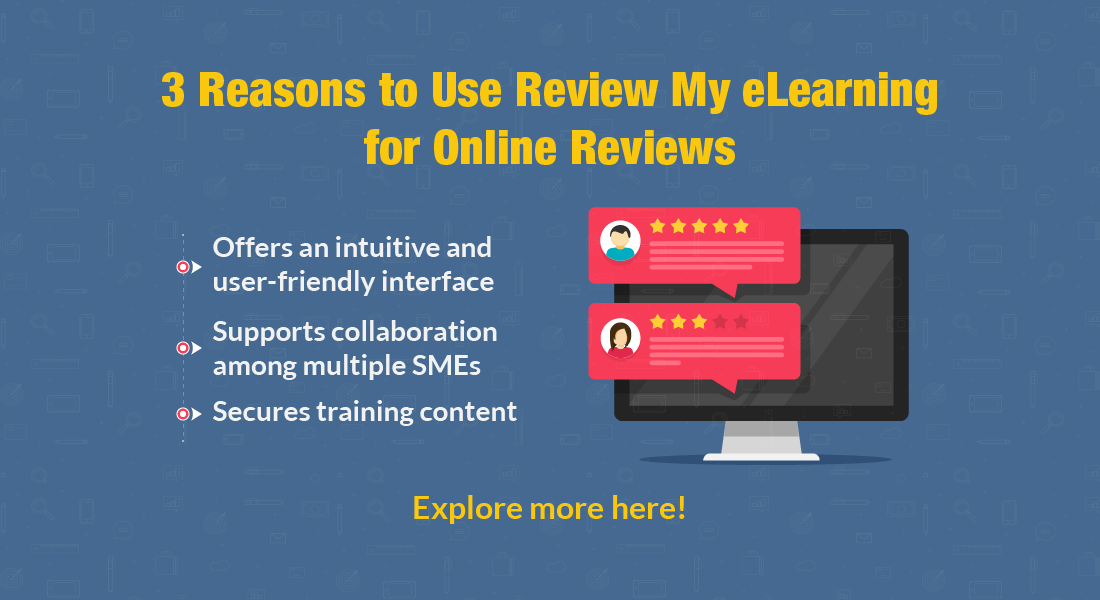How Responsive Design Can Enhance the Productivity of Rapid eLearning Courses

Organizations have their workforce spread globally, and to deliver quality training under tight deadlines, rapid eLearning has proved to be quite influential. But the employees who are neither completely local nor remote, rather hybrid as per job requirements, need their courses to be available on the go. Responsive eLearning design makes it easier for them to access the rapid eLearning courses on their mobile phones. As per a Statista report, the usage of smartphones is constantly increasing, and there are no signs of a downfall till 2027. This makes it easy to figure out why responsive eLearning design is really crucial for maximized engagement and productivity of rapid eLearning courses.
Wondering Why a Responsive Design is Important for Rapid eLearning Courses?
It enhances their quality and productivity, here’s how –
- It allows the hybrid workforce to flexibly access the courses.
- It increases course participation and completion rates.
- It reduces development and maintenance costs.
The Theory of Responsive eLearning Design
Earlier, eLearning courses were not compatible with mobile screens which resulted in a very problematic learning experience for the users who had to access the courses remotely. Sometimes the content wasn’t entirely visible, while videos not getting adjusted seamlessly to the screen resolution was another common issue. HTML5 came up with the concept of responsive design for websites, and eventually everything else that can be accessed on mobile phones including eLearning courses. The responsive eLearning design ensures that your content can successfully adjust to multiple screen sizes and display resolutions without degrading the interactivity and quality of courses.
*Note – A mobile-friendly, mobile-first, and responsive design are 3 different things.
How to Get Started With Responsive eLearning Design
1. Select your authoring tool to create responsive rapid eLearning courses
There are a lot of rapid authoring tools currently in the market, and almost all the popular ones can effectively design responsive courses, but it’s better to double-check. Apart from a basic responsive design, check out the other related features or additions your authoring tool can make for the course to be more interactive and support the features of a mobile phone.
For example, ensure the responsive courses you develop, support touchscreen swipes, finger gestures, double taps, etc. While designing courses, it is advised to follow the learning standards and ensure that specially-abled people can access the course properly. Some of the popular authoring tools are iSpring Suite, Adobe Captivate, Articulate 360, and Lectora.
2. Ensure your LMS can support truly responsive courses
Almost all modern LMS support mobile-friendly designs but at fixed screen resolution, so ensure whether your LMS supports “adaptive” or “responsive” courses, and if the prior is true, it’s probably time to look for another LMS. iSpring Learn, Docebo, TalentLMS, 360Learning, and Moodle are some of the popular LMSs to choose from.
To help you choose your perfect LMS, we got something for you, check it out.
How Responsive eLearning Design Enhances the Productivity of Rapid eLearning Courses
1. Allows the Hybrid Workforce to Flexibly Access the Courses
After the recent pandemic, organizations have switched to a hybrid working model, so the employees who aren’t local need their training to be flexible so that they can access it anywhere and don’t fall behind others. Designing courses that aren’t responsive or compatible with mobile phones, will result in the fall of employee engagement due to their inability to access them on the go. Thus, to enhance the quality of rapid eLearning courses, a responsive design is considered an optimal solution. It makes sure all the employees are able to complete their training effectively, without worrying about the device they use, or where they work.
Another advantage of having a responsive design is that employees who are mostly off for field work, like sales executives, or technical support teams, can access the courses on their phones with ease. Courses can be made available offline to make things easier and hassle-free.
2. Increases Course Participation and Completion Rates
We already discussed that designing rapid eLearning courses with a responsive design makes them easily accessible on any device so it is bound to increase participation. Modern learners prefer their convenience to grasp the most out of their learning, and responsive courses ensure that effectively. A responsive design facilitates self-paced learning so employees having a busy schedule can take up the courses during breaks, commutes, or after work hours.
Limiting the courses to be accessed only on desktops can affect engagement because mobiles are the most preferred devices and modern technological advancements have made it really easy for digital content to be accessed on mobiles. Ensuring that your LMS hosts responsive courses can help organizations increase participation, and when quality is assured, participants might enjoy their experience and complete the courses before deadlines.
3. Reduces Development and Maintenance Costs
When the rapid eLearning courses are developed with a responsive design, they are usually developed just once for all the devices, unlike other cases like mobile-friendly or mobile-first design. This saves a lot of time and money for the organizations as future updations are to be done on a single course only. This enhances the overall training ROI for the organizations as their investment in one course helps them design courses for all the employees, whether local, remote, or hybrid irrespective of their preferred device to access them.
Parting Thoughts!
As the preferences of the modern workforce have been set to mobile phones, it doesn’t take away the importance of desktops/laptops, so designing rapid eLearning courses that are equally engaging and productive for both choices is the optimal solution. If you haven’t started to make responsive design a priority for your courses, let me help you out. Here’s a free eBook that will guide you to create impressive and engaging responsive eLearning courses.





